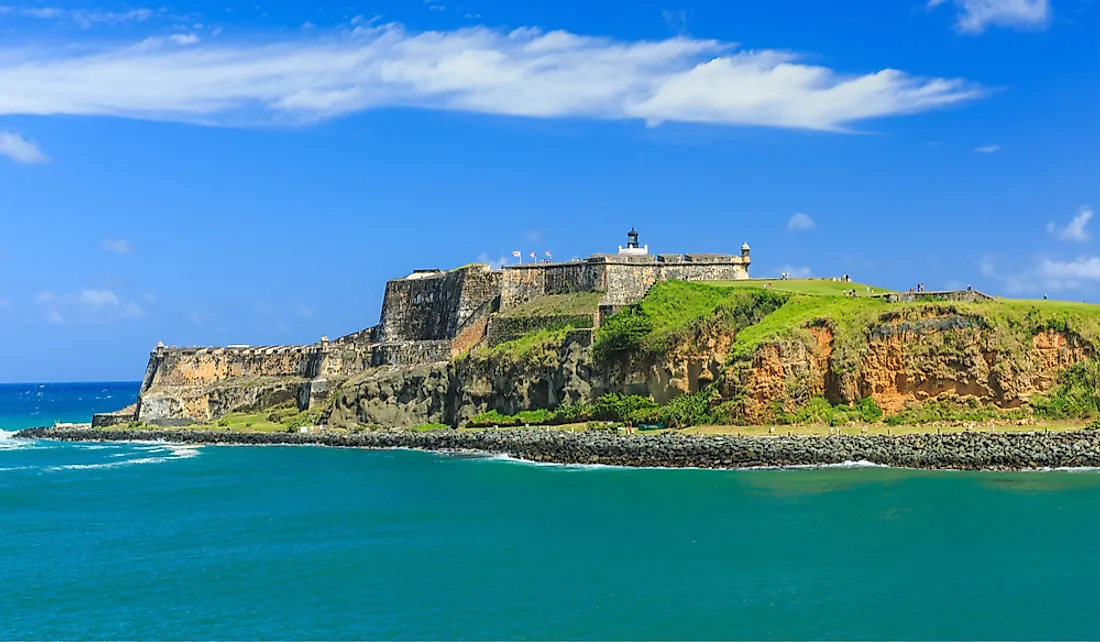El Morro Fortress, Puerto Rico - Unique Places Around The World

The Castillo San Felipe del Morro, also known as the El Morro fortress, is a sixteenth-century fortress that is situated in San Juan, Puerto Rico. The fort was designed to defend San Juan from seaborne attacks while protecting San Juan Bay’s entrance. The fortress became a UNESCO World Heritage Site in 1983. The El Morro fortress is one of leading Puerto Rican attractions which receives over 2 million visitors annually.
Construction of the El Morro Fortress
The construction of this fortress and its surrounding wall started in 1539, and its purpose was defending San Juan’s port by controlling its entrance. A proto-fortress was constructed in the first year of construction as a viable defense for the region while the fortress was being built. Architect-engineer Juan Antonelli and field marshal Tejeda drew the final designs of El Morro fortress in 1587. The plan was based on various established forts of that time. The construction process at San Juan started in 1589 with 18 masons, 2 smiths, 12 stonecutters, skilled artisans, an overseer, a metal founder, a cooper, and 150 slaves. Captain-General Menendez took over after Antonelli and Tejeda went to Santo Diego to build another fortress. Captain Pedro de-Salazar took over the entire project in 1591.
The construction of the surrounding city walls began in 1634 and by 1650 San Juan was enclosed on the west, south, and east, while the north was protected by natural battlements. The fortress had a hornwork for protecting the landward side of the water battery and tower. The fort has 2 half-bastions, one of the harbor side and another on the Atlantic side, that are linked by a curtain wall. The walls were 18-40ft thick, and they were made of sandstone and limestone blocks.
History of El Morro Fortress
Spanish Rule
The citadel survived numerous attacks from other powers on several occasions. Sir Drake Francis unsuccessfully attacked the fort in 1595. George Clifford successfully attacked the castle over land in 1598, but a dysentery epidemic forced Clifford to flee. The Dutch also managed to invade the island overland, and they were able to gain access into the harbor, but the Spanish managed to resist forcing the Dutch to retire. The fort’s last active battle occurred during the American-Spanish War in 1898 when the United States Navy attacked the island. The citadel was attacked thrice during the battle with the largest being the bombardment of May 12, 1898. The Spanish-American War ended with Spain surrendering the Philippines, Guam, Cuba, and Puerto Rico to the United States after signing the Paris Treaty.
American Occupation
The fortress and numerous other Spanish buildings became part of the American Army post known as Fort Brooke. The American military built a golf course, hospitals, baseball diamonds, and officer’s quarters on the island during the early twentieth century. The U.S. Army also built a concrete bunker to serve as the region’s defense control station to keep watch of the Germans submarines that were destroying ships in the Caribbean. The fortress and the surrounding walls became part of American National Park service after the U.S. Army left El Morro in 1961.











